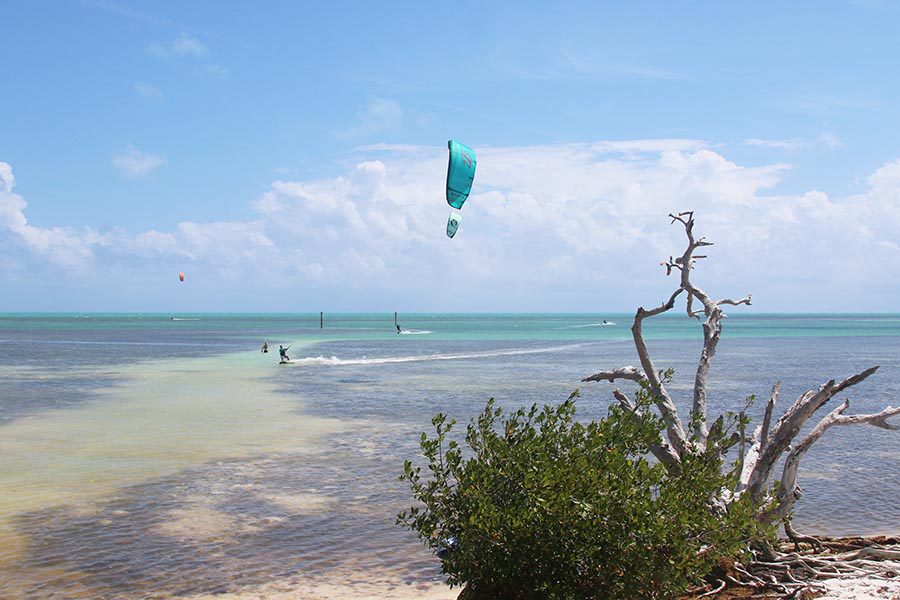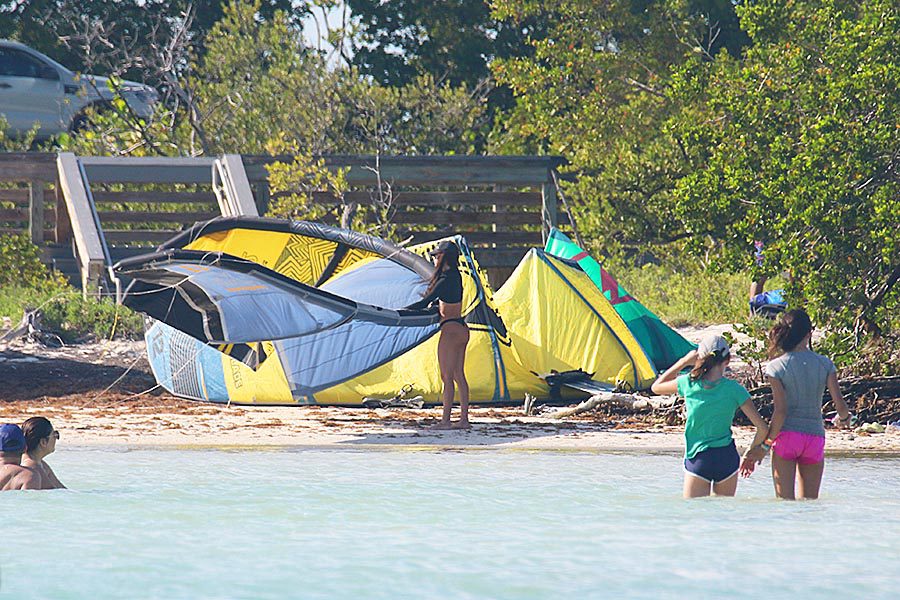
Outline
Introduction to kite relaunch in kitesurfing.
Importance of knowing how to perform kite relaunch after a crash.
A step-by-step guide to performing kite relaunch.
- Checking for safety.
- Recovering the kite from the water.
- Positioning the kite for the relaunch.
- Initiating the relaunch.
Common mistakes to avoid during kite relaunch.
- Pulling too hard on the lines.
- I am not keeping tension on the lines.
- Rushing the process.
- Tips for successful kite relaunch.
- Practice in controlled conditions.
- Stay calm and focused.
- Use proper body positioning.
- Communicate with fellow riders.
Troubleshooting during the kite relaunch.
- Dealing with tangled lines.
- Recovering from a failed relaunch.
Conclusion.
FAQs
How long does it take to master kite relaunch after a crash?
Can I perform a kite relaunch in strong winds?
What should I do if my kite gets caught in waves during relaunch?
Should I release my kite’s safety system if I can’t relaunch it?
How often should I practice kite relaunch to improve my skills?
How do I perform kite relaunch in case of a crash in kitesurfing?
Kitesurfing is an exciting water sport that involves riding a board while being pulled by a kite. However, like any adventure sport, kitesurfing also comes with risks, including crashing the kite into the water. When this happens, knowing how to perform a kite relaunch is crucial to get back on the board and continuing riding safely. In this article, we will discuss the step-by-step process of performing a kite relaunch in case of a crash in kitesurfing, common mistakes to avoid, tips for successful relaunch, troubleshooting, and some frequently asked questions.
Importance of knowing how to perform kite relaunch after a crash.
Performing a kite relaunch after a crash is a critical skill every kitesurfer should master. It allows you to regain control of the kite and get back on the board without swimming to shore or waiting for assistance. It also helps prevent damage to the kite and lines, reduces the risk of accidents or injuries, and ensures a smooth and enjoyable kitesurfing experience.

A step-by-step guide to performing kite relaunch.
Performing a kite relaunch involves several steps that need to be followed carefully. Here’s a step-by-step guide to help you achieve a successful kite relaunch after a crash:
- Check for safety: Before attempting to relaunch the kite, you must ensure that you are in a safe position. Ensure no obstacles or other riders are around you and that the wind conditions favor relaunching the kite.
- Recover the kite from the water: Swim or body drag towards the kite while maintaining tension on the lines to prevent them from sinking. Avoid pulling too hard on the ropes, as it can cause the kite to dive deeper into the water. Once you reach the kite, grab the leading edge, and bring it to the water’s surface.
- Position the kite for relaunch: Hold the kite’s leading edge with one hand and the bar with the other hand. Position yourself downwind of the kite and ensure that the lines are not tangled.
Initiate the relaunch:
- Pull on the backhand of the bar to create tension on the lines and make the kite roll over onto its back.
- As the kite rolls over, continue pulling on the backhand to guide the kite toward the edge of the wind window.
- Keep the lines tensioned and steer the kite towards the sky.
- Control the relaunch: Once the kite is in the air, maintain control by adjusting the bar and lines as needed. Keep tension on the lines to keep the kite stable and prevent it from crashing back into the water. Use minor adjustments on the bar to steer the kite and keep it flying smoothly.
- Get back on the board: Once the kite is stable in the air, you can start getting back on the board. Pull yourself towards the kite using the lines and swim or body drag towards the board. Grab the board and put your feet in the foot straps while still holding on to the kite and the bar. Use the kite’s power to propel yourself back onto the board and start riding again.
Common mistakes to avoid during kite relaunch.
Performing a kite relaunch requires skill and technique, and there are some common mistakes that beginners often make. Here are some mistakes to avoid during the kite relaunch:
- Pulling too hard on the lines: Pulling too hard on the lines can cause the kite to dive back into the water or get tangled in the lines. Maintaining tension on the lines is essential, but avoiding excessive pulling that can hinder the relaunch process.
- Not keeping tension on the lines: If you don’t keep tension on the lines, the kite can lose power and fall back into the water. Make sure to keep the lines tensioned throughout the relaunch process to ensure a smooth and successful relaunch.
- Rushing the process: Rushing the relaunch process can lead to mistakes and increase the chances of the kite crashing back into the water. Take your time, follow the steps carefully, and ensure that the kite is stable in the air before attempting to get back on the board.
Tips for successful kite relaunch.
To perform a successful kite relaunch, here are some tips to keep in mind:
- Practice in controlled conditions: It’s essential to practice kite relaunch in controlled conditions, such as shallow water or light wind, before attempting it in more challenging conditions. This will help you gain confidence and improve your skills in a safer environment.
- Stay calm and focused: Remaining calm during the relaunch process is crucial. Panicking or getting frustrated can lead to mistakes and hinder the relaunch process. Stay relaxed, follow the steps carefully, and focus on controlling the kite.
- Use proper body positioning: Body positioning is crucial in kite relaunch. Make sure to position yourself downwind of the kite and use your body weight to guide the kite toward the edge of the wind window. Avoid pulling too hard on the bar, and use minor adjustments to steer the kite.
- Communicate with fellow riders: Communication is critical during a kite relaunch if you are kitesurfing with other riders. Let other riders know your intentions and movements to avoid collisions or accidents. Monitor your surroundings and communicate with fellow riders to ensure safety during the relaunch.
Troubleshooting during the kite relaunch.
Despite careful execution, sometimes issues may arise during the kite relaunch process. Here are some troubleshooting tips:
- Dealing with tangled lines: If the lines get tangled during the relaunch, it’s essential to remain calm and not panic. Release the bar and let the kite drift downwind with the lines untangling themselves. Once the lines are untangled, you can initiate the relaunch process again.
Recovering from a failed relaunch: If the kite fails to relaunch after multiple attempts, you can try a few troubleshooting steps. First, ensure the lines are not tangled, and the kite is correctly positioned in the wind window. If everything seems fine, you can pull hard on the backhand to force the kite to roll over and relaunch. If this doesn’t work, you may need to swim or body drags toward the kite and manually flip it over to relaunch.
- Dealing with a crashed kite: If the kite crashes back into the water during the relaunch process, you can try to salvage the situation by quickly releasing the bar and allowing the kite to drift downwind. Swim or body drag towards the kite, and once you reach it, try to flip it over and relaunch using the steps mentioned earlier.
- Assessing the conditions: If you’re struggling with kite relaunch, evaluating the conditions and determining if it’s safe to continue is essential. If the wind is too strong, or if you’re in a crowded area with other riders, it’s best to stay in the water and wait for assistance rather than risk further complications.
Conclusion.
Mastering the technique of kite relaunch is essential for any kitesurfer, as it allows you to recover from crashes and get back on your board quickly. Following the proper steps, maintaining tension on the lines, and using correct body positioning, you can successfully relaunch your kite and continue your kitesurfing session.
Remember to practice kite relaunch in controlled conditions, stay calm and focused, communicate with fellow riders, and troubleshoot any issues. By doing so, you can confidently handle kite relaunch situations and enjoy a safe and thrilling kitesurfing experience.
FAQs.
- Is kite relaunch difficult to learn? Kite relaunch can be challenging for beginners, but it can be mastered with practice and proper technique.
- What should I do if my lines get tangled during the kite relaunch? If your lines get tangled, release the bar, and let the kite drift downwind to untangle them before attempting to relaunch.
- Can I perform a kite relaunch in strong winds? Kite relaunch in strong winds can be more challenging and may require advanced skills. It’s best to practice in lighter winds before attempting in stronger winds.
- How long does it take to learn kite relaunch? The time it takes to learn kite relaunch depends on individual skills and practice frequency. With consistent practice, one can become proficient in kite relaunch within a few sessions.
- What should I do if my kite fails to relaunch after multiple attempts? If your kite fails to relaunch after numerous attempts, release the bar and swim or body drag toward the kite to flip it over and relaunch manually.
- Is kite relaunch important for kitesurfing safety? Yes, kite relaunch is essential for kitesurfing safety, as it allows you to recover from crashes and avoid potential hazards in the water.
Author
Latest entries
 WatersportsSeptember 16, 2024Cabrinha Moto X: Enjoy the Ride
WatersportsSeptember 16, 2024Cabrinha Moto X: Enjoy the Ride WatersportsMay 19, 2024Cabrinha 2024 Moto XL Review: The Ultimate Lightwind Kite
WatersportsMay 19, 2024Cabrinha 2024 Moto XL Review: The Ultimate Lightwind Kite WatersportsDecember 16, 2023Kiteboarding Travel
WatersportsDecember 16, 2023Kiteboarding Travel WatersportsDecember 14, 2023RED BULL KING OF THE AIR 2023
WatersportsDecember 14, 2023RED BULL KING OF THE AIR 2023



